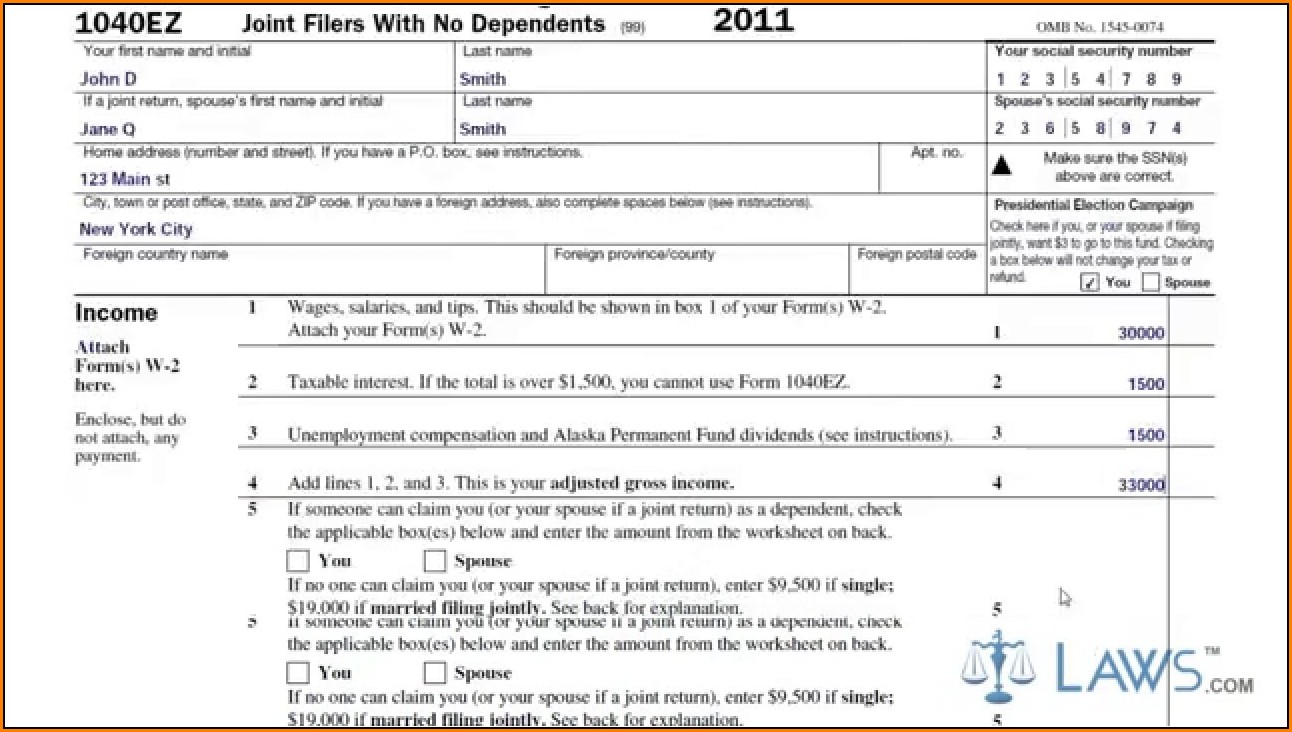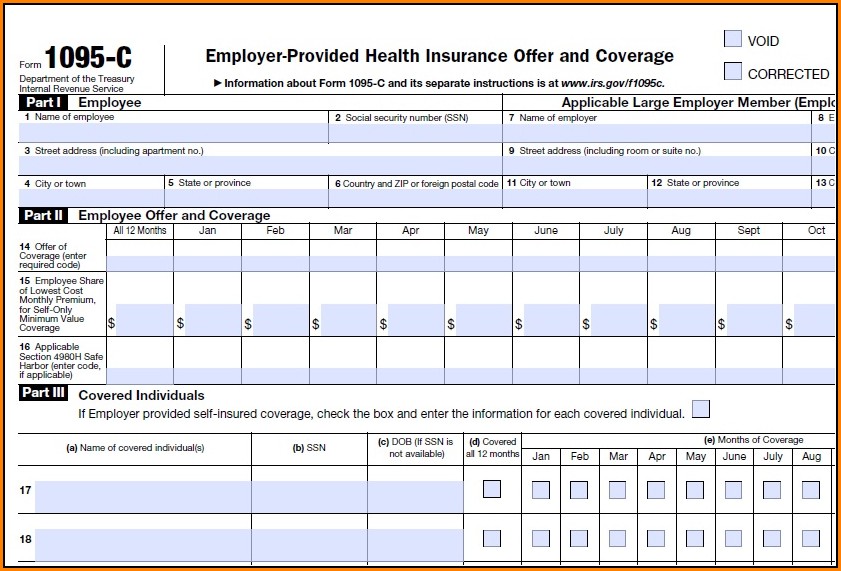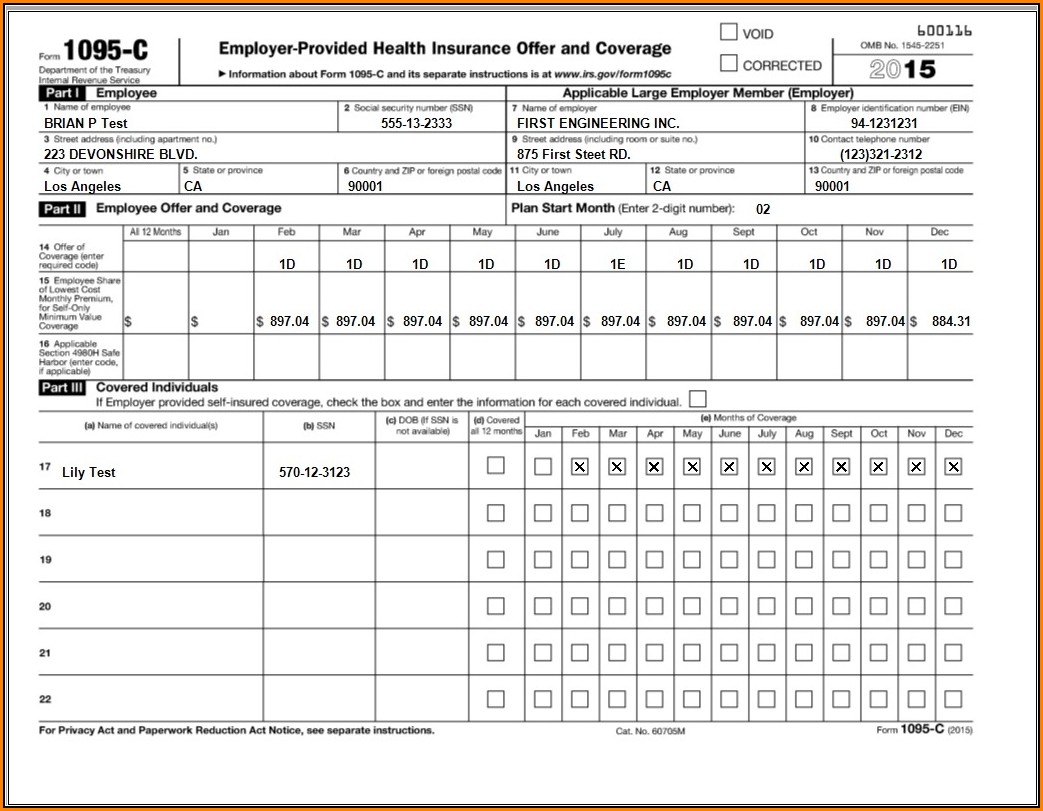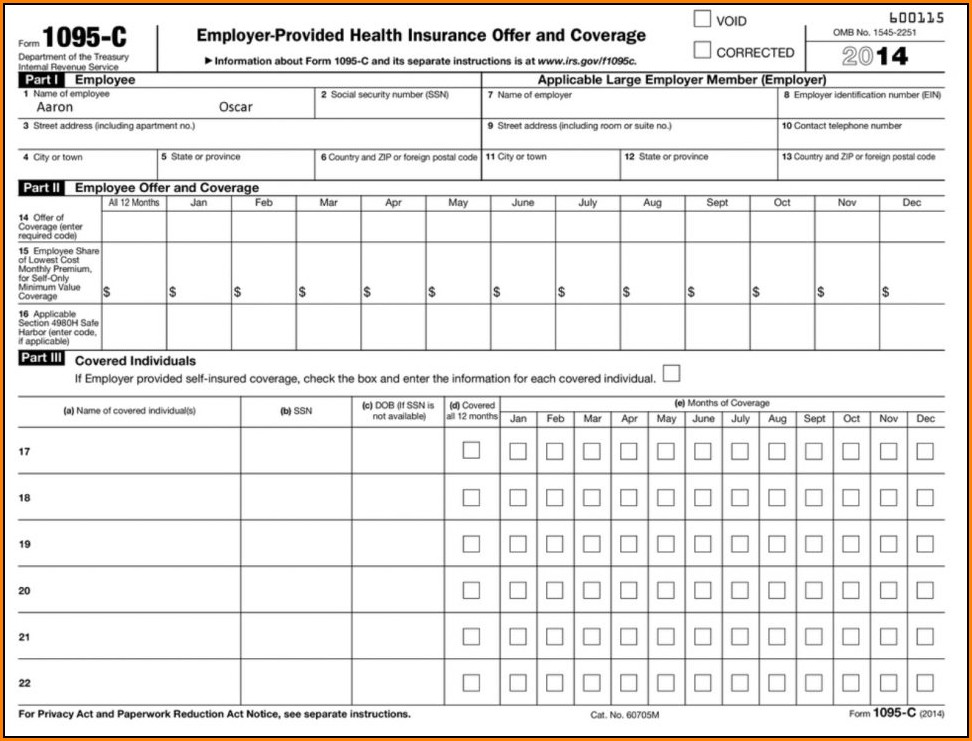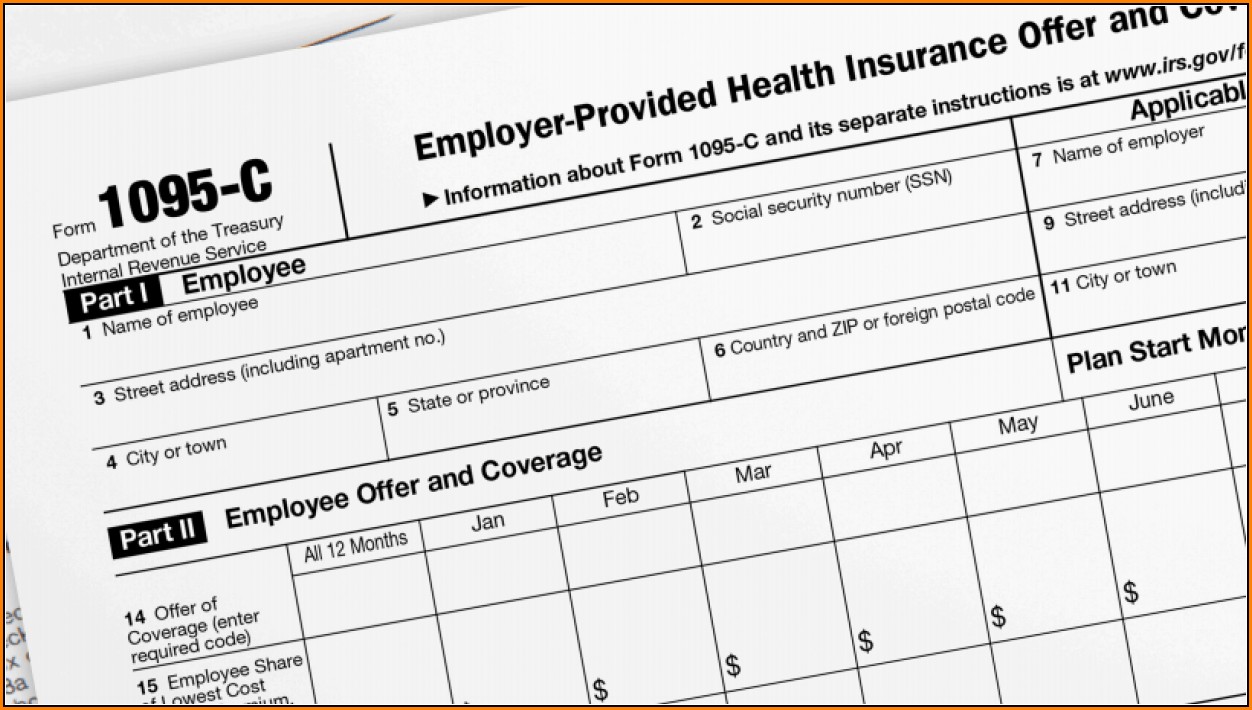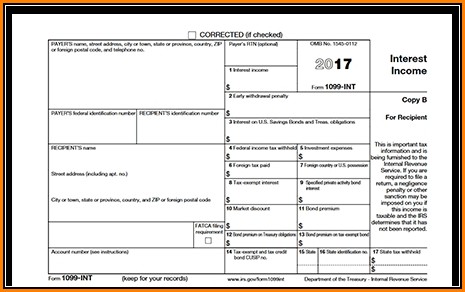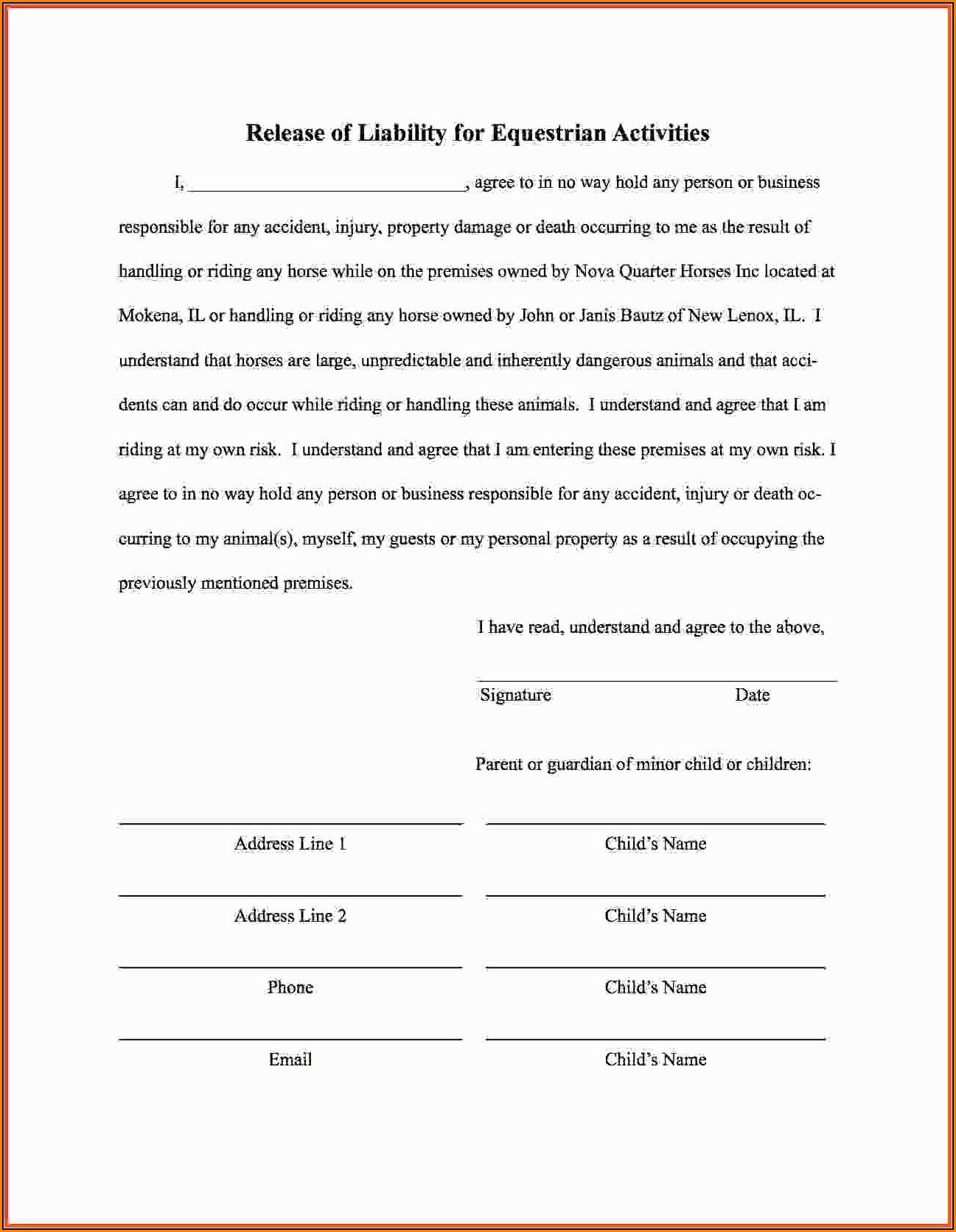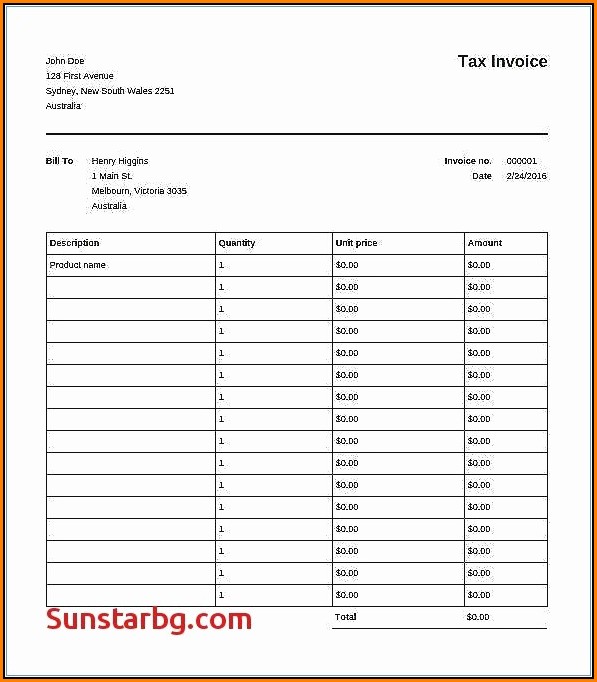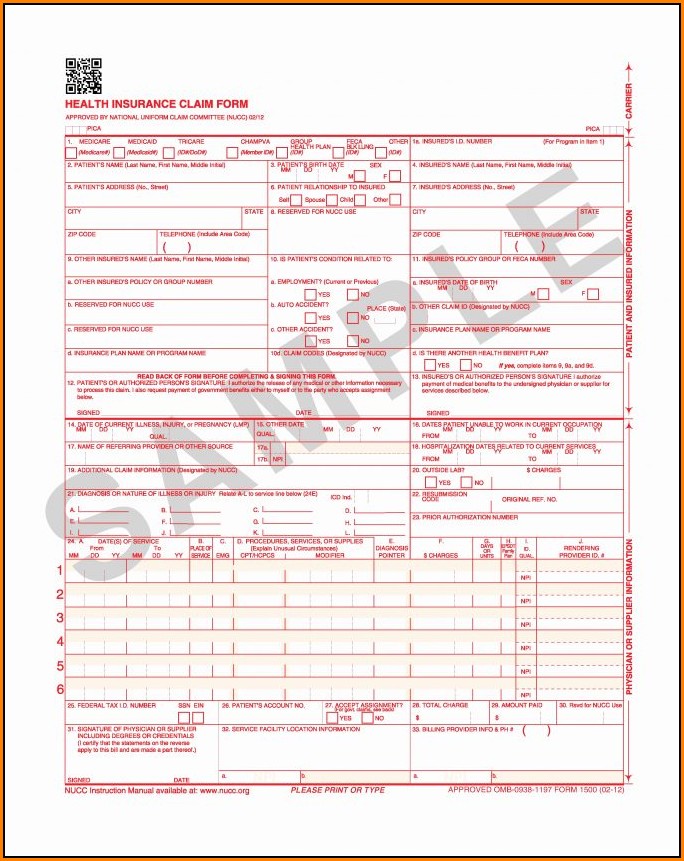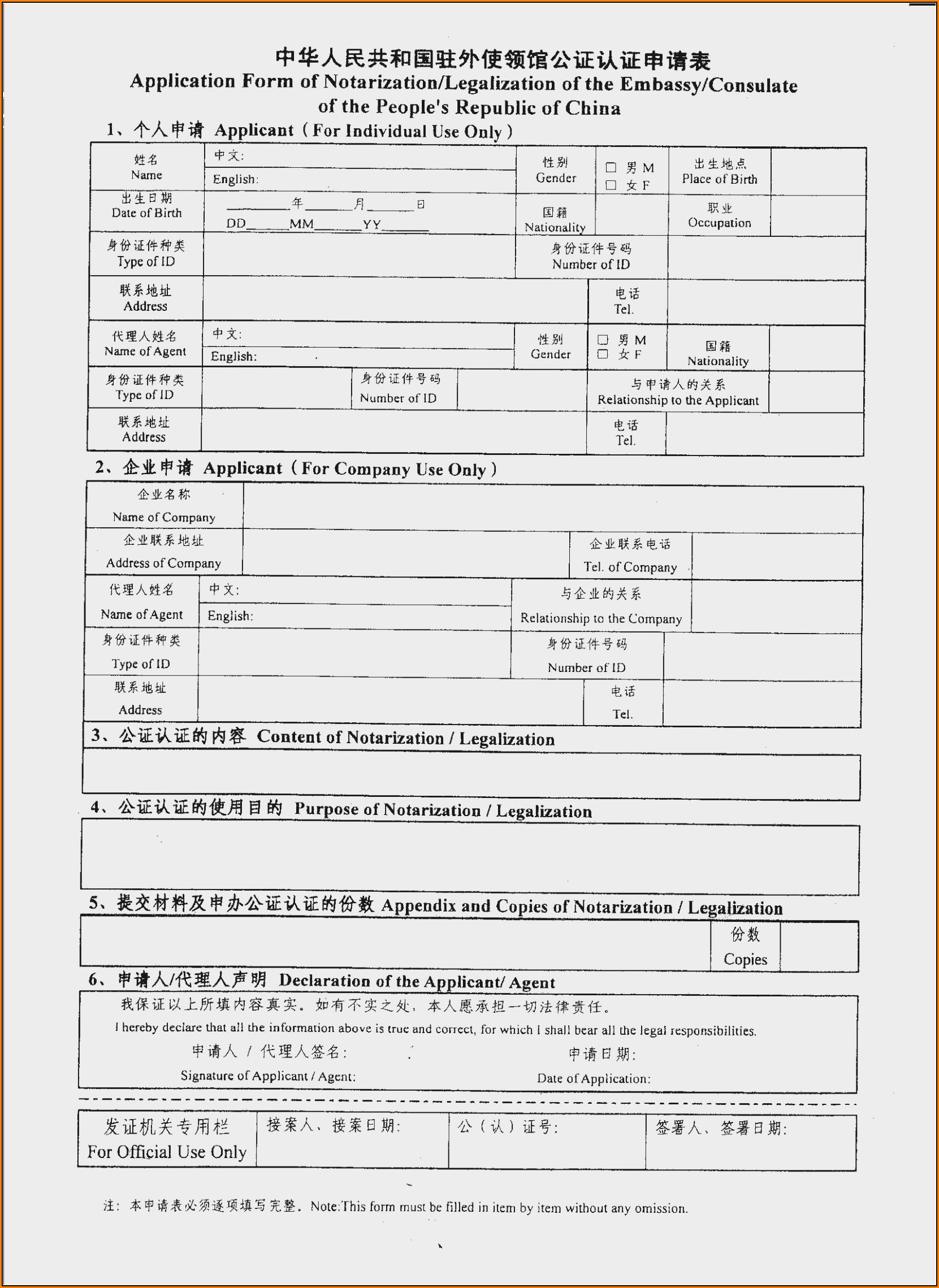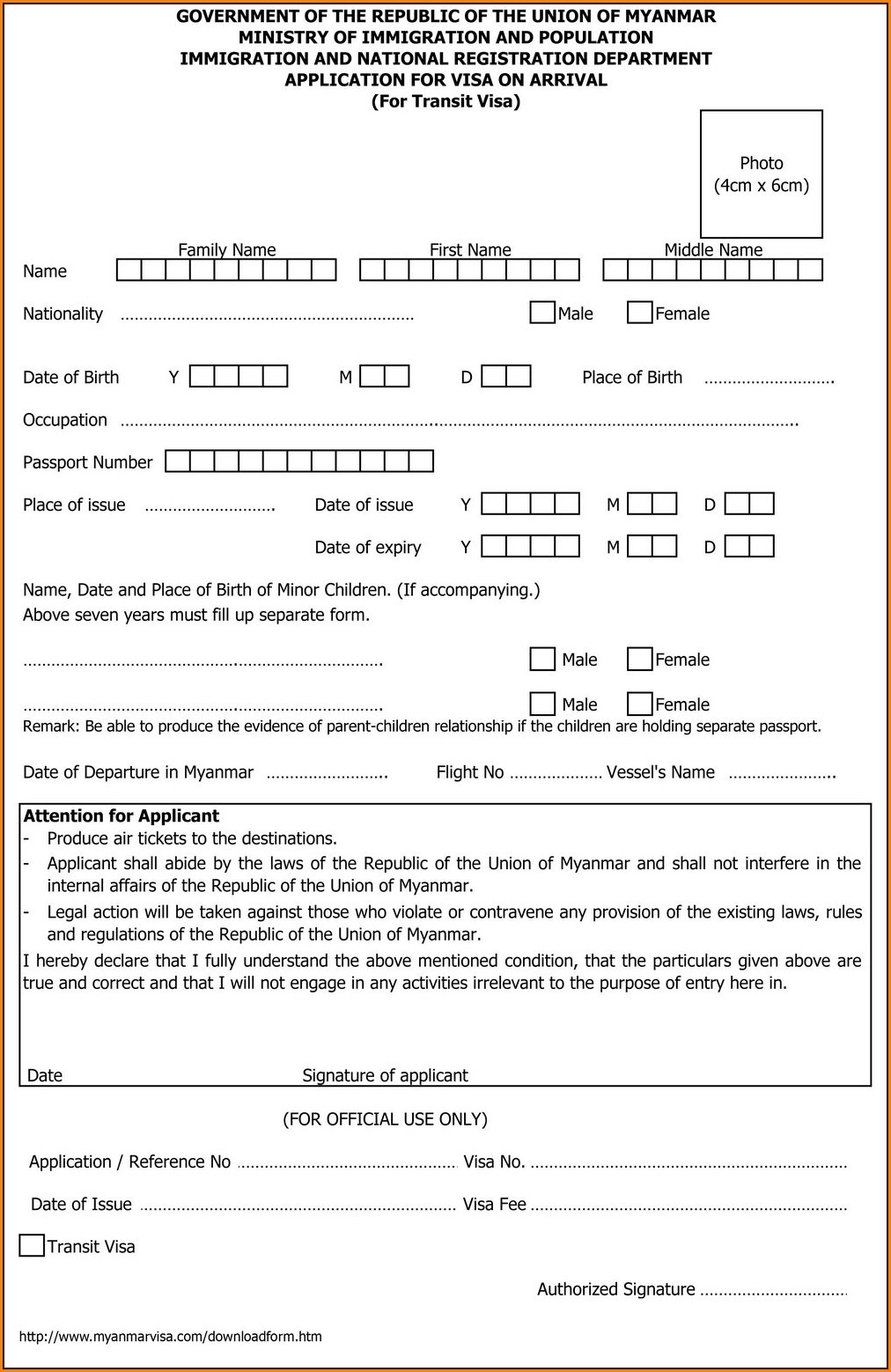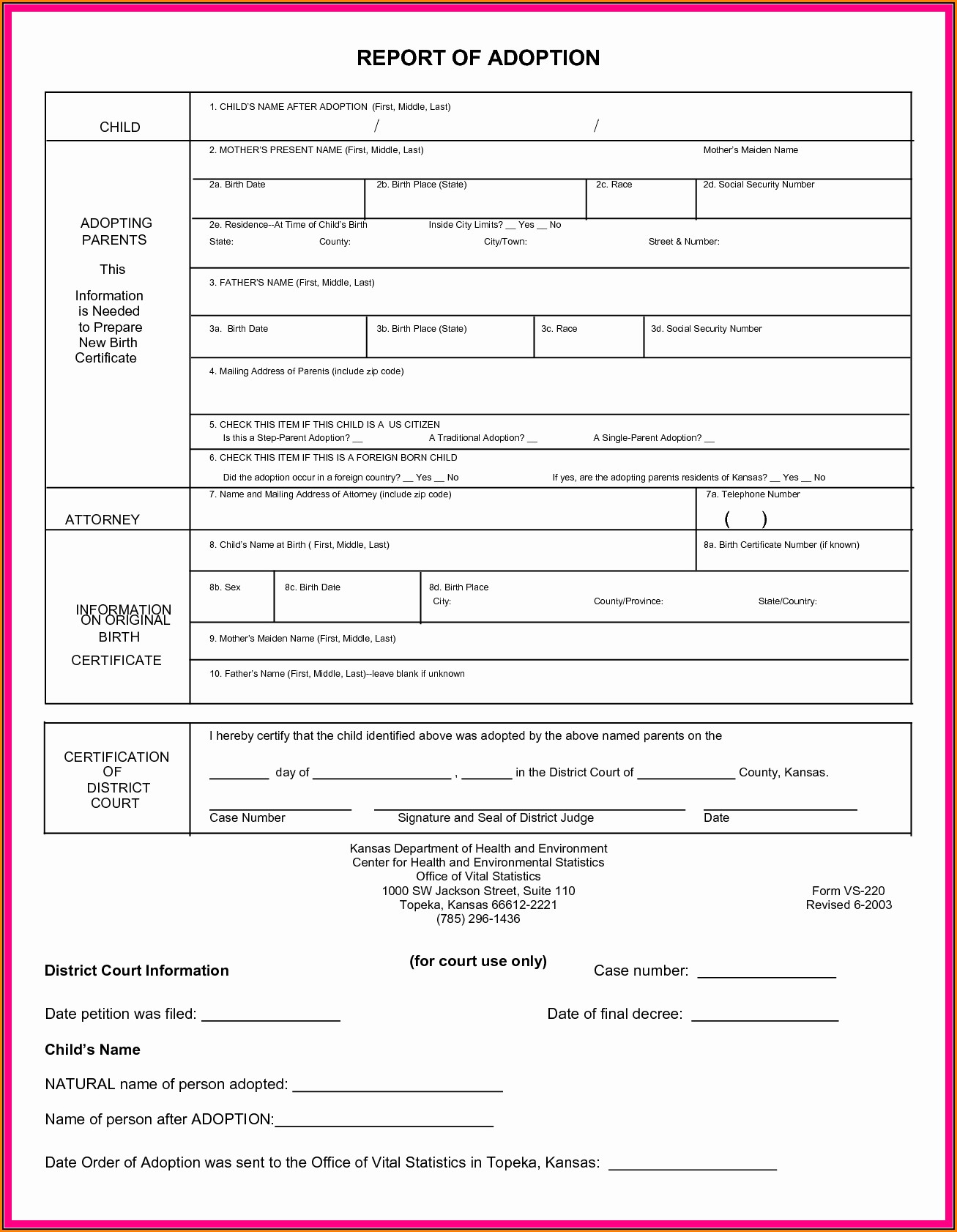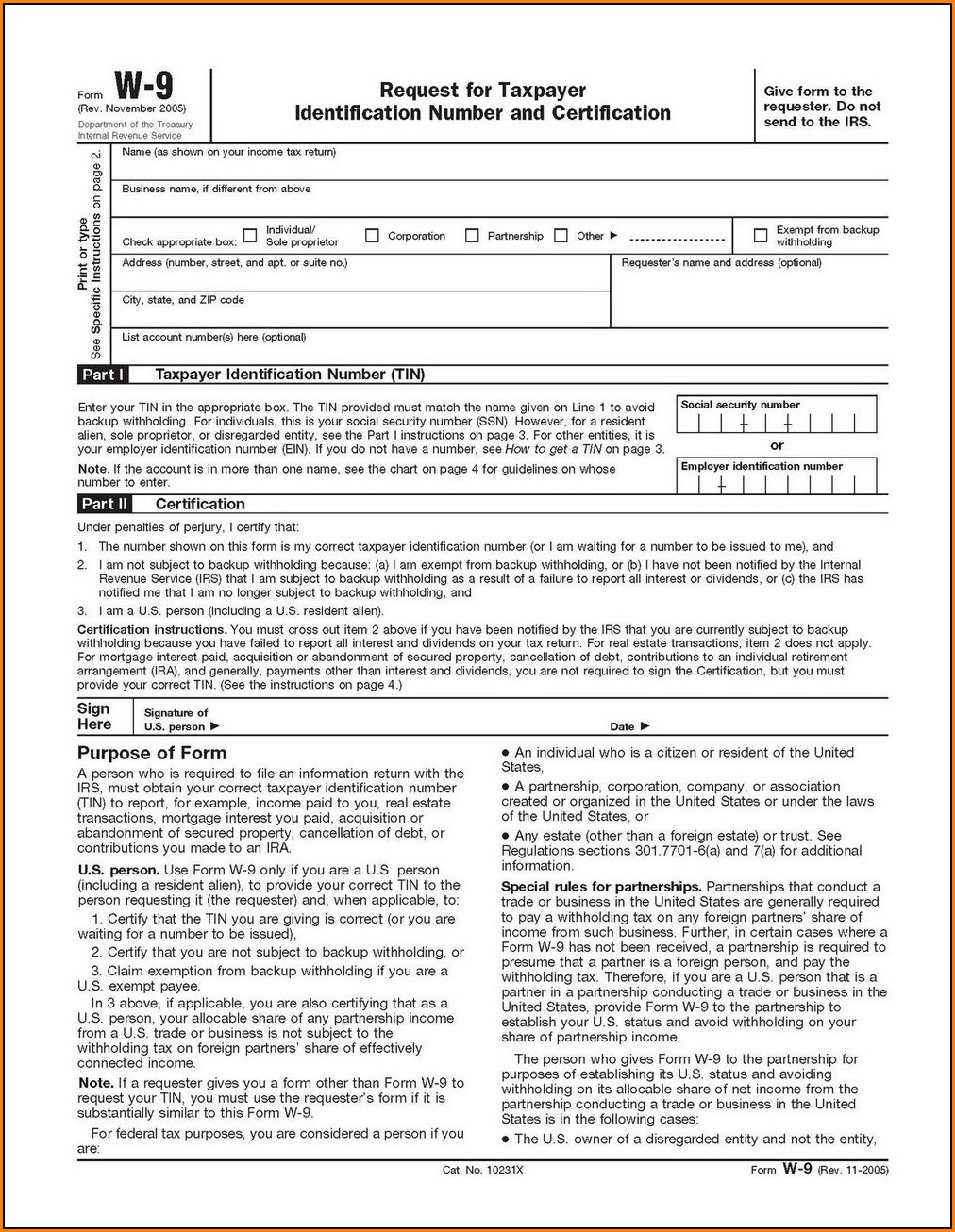
You’ve made the decision to eliminate paper. Bravo. Businesses and government agencies are aware the benefits of going paperless, changing files into digital images and keeping them in a centralized system can have many benefits that include:
- Reduce the cost of operations by streamlining the speed of retrieving records
- Increased efficiency and work productivity
- Eliminating off-site and on-site the storage and storage for paper-based documents
- Insuring against litigation risk by ensuring that documents meet the requirements of
Sounds good, right? It’s not as easy. Here are seven ways to stay clear of you go paper-free.
1. Selecting a paperless option way too early.
The problem begins when a business proprietor purchases an imaging solution or document management system without knowing the reason why you’re trying to rid yourself of the paper. The software does not meet your requirements and the issue isn’t adequately dealt with. Before you select the best solution, it’s essential to know its strengths and benefits for your business, and its drawbacks or weaknesses.
While we may think buying off-the-shelf software and installation is the solution but the software is just the tool. It’s the process, definitions and the implementation that determine the system.
Tips: Sit down and complete a comprehensive needs analysis (why) as well as determine who will be affected, what you’ll need you’ll need, where, when and the method you’ll use to go paperless.
2. Do not include employees and management into your decisions.
This is an important issue. Employees who will be making the office paperless take part in the process of planning, managers must be the champions for the idea. The ability to explain the time-saving and financial advantages to both parties can go a long way in making sure the initiative is accepted.
Idea: Pre-screen a few paperless options and then let your employees to be present the final demos prior to purchasing. This will aid in establishing an understanding of the paperless procedure and also allow the users who will use the software the most to resolve issues prior to implementation.
3. The process is not being planned for new electronic or paper documents:
A lot of times plans are designed for paper that is located in the office, or in storage off-site, but it is important to develop procedures that will cover the new documents and paper that enter your office following you have implemented the system for managing documents. is installed.
Recommendation: Rollout the program only after the complete concept and specifications of the program are determined, established and verified.
4. The solution is being rolled out in one go:
The idea of going paperless in all areas or departments at the same time could be a challenge. The majority of businesses acquire additional knowledge and experience as they tweak their system in the initial set-up and use.
Tips: Start small. Find an organization or department that has a beta program and begin your paperless search with them. Utilize their experience to help clarify and record the best practices. Lessons learned during deployment in one department usually yield dividends when deployed to other departments.
5. The wrong scanner is used:
Document imaging software scanning speed is likely to play a significant role in the overall efficiencyof the application, however, it’s only one of the factors you need to think about when selecting the best scanner for your document. The size of the paper and its thickness should also be taken into consideration. It is recommended to talk to an expert consultant or scanner sales representative prior to making a purchase.
Idea: Will you scan all your old documents? Do you only have new documents is coming in? Think about the volume of work you’re trying to complete and ensure that the scanner does not just the right speed capability, but that it can handle the volume of daily work and includes an image-enhancing technology is required by the project.
6. Scanning everything
If you have a filing room, several cabinets, or even – in the worst case scenario off-site storage for your files scanning all these documents can seem overwhelming. It’s not necessary to scan all of them, though. Start with the records that you frequently refer to and then move on to the next.
Suggestion: Prior to beginning scanning, go through your files and take out staples or paper clips, as well as duplicate documents. This will help you save time when you are deciding whether to begin scanning.
7. You are waiting for legal action to come against your business before you figure out the best way to secure and keep your paper files:
Implementing an effective document management system won’t be done in a single day. Nowadays, companies realize that they need to take a proactive approach, and not only to meet the law, but to be responsive and accountable towards their clients, partners and employees. Furthermore the proactive use of paperless programs aids in increasing productivity and efficiency, which can impact both legal and financial concerns.
Tips: Stop reading and begin researching! Find a scanning software or a document management system that is suitable for your company , and then begin building your paper-free office. It’s a huge undertaking, but one that will not be made any more simple by putting off the task.



